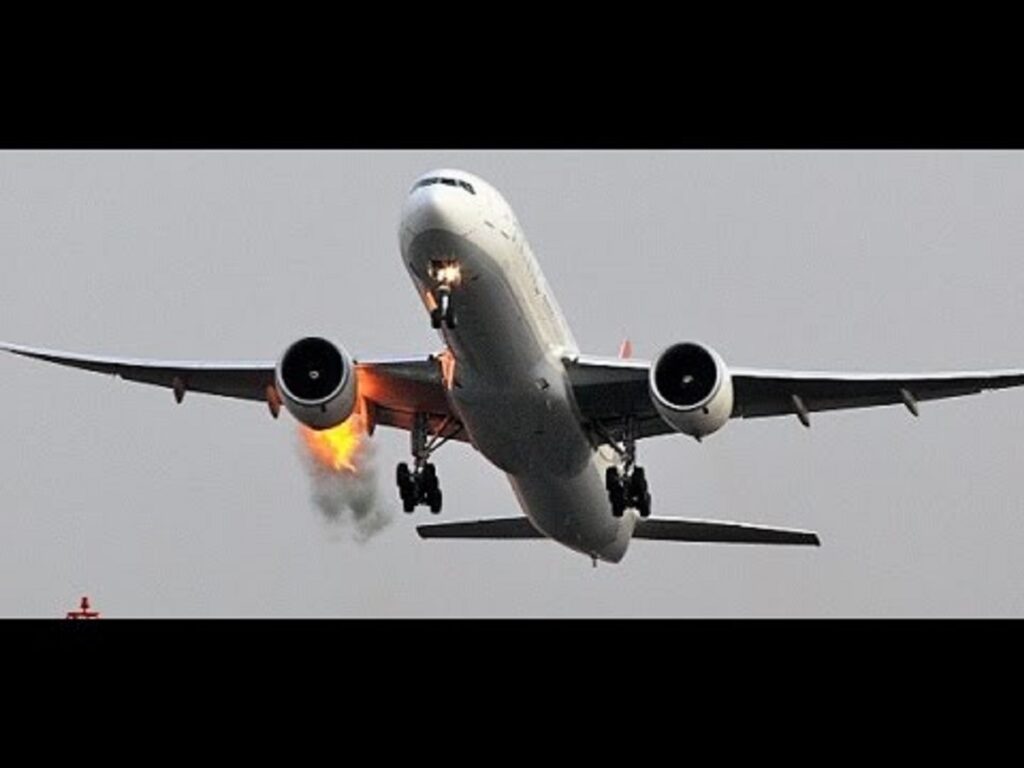
If all the aircraft’s engines fail, will the plane still fly or will it fall out of the sky?
An aircraft will glide perfectly well even if all its engines fail. In fact, the chances are that if you’ve flown in a plane, you’ve seen it glide at some point (more about this later). Aircraft are able to fly through the movement of air passing over the wings. As long as this process continues the aircraft will continue to fly. If both engines fail, the aeroplane is no longer being pushed forwards, therefore in order to keep the air flowing over the wings, the aircraft must exchange energy through losing altitude to maintain forward airspeed. The aircraft doesn’t have to lose altitude particularly rapidly to keep flying and therefore it both engines were to fail a high altitude, the aircraft may have as much as 20 – 30 minutes aloft to find somewhere to land.
Here’s an example. A typical commercial aircraft has a lift to drag ratio of around 10:1. This means that for every 10 miles it travels forward it looses 1 mile in altitude. If an aircraft is at a typical cruise altitude of 36,000 (which is 6 miles up) and looses both engines, it can travel a forward distance of 60 miles before reaching the ground.
Rest assured, dual engine failure is almost unheard of. We all know about the story of the Hudson River landing in New York, but that really was exceptional – and everyone survived thanks to the quick actions of the flight crew.
One other exception was Air Transat Flight 236. The plane had a fuel leak causing both engines to fail at approximately 65 nautical miles from Lajes Air Base in the Azores. With an average descent rate of 2000 fpm, the aircraft glided without power to the airbase where the crew carried out a successful landing about 17 minutes after the last engine failed.
The lower the engine power, the less fuel the engines burn. On most flights we try and burn as little fuel as possible and part of this process involves descending the aircraft towards the destination airport at idle (minimum) thrust. When the thrust is at it’s minimum setting, it isn’t really producing any meaningful thrust at all so the aircraft is effectively gliding. Therefore you will have experience the aircraft gliding on almost every flight you have been on!






